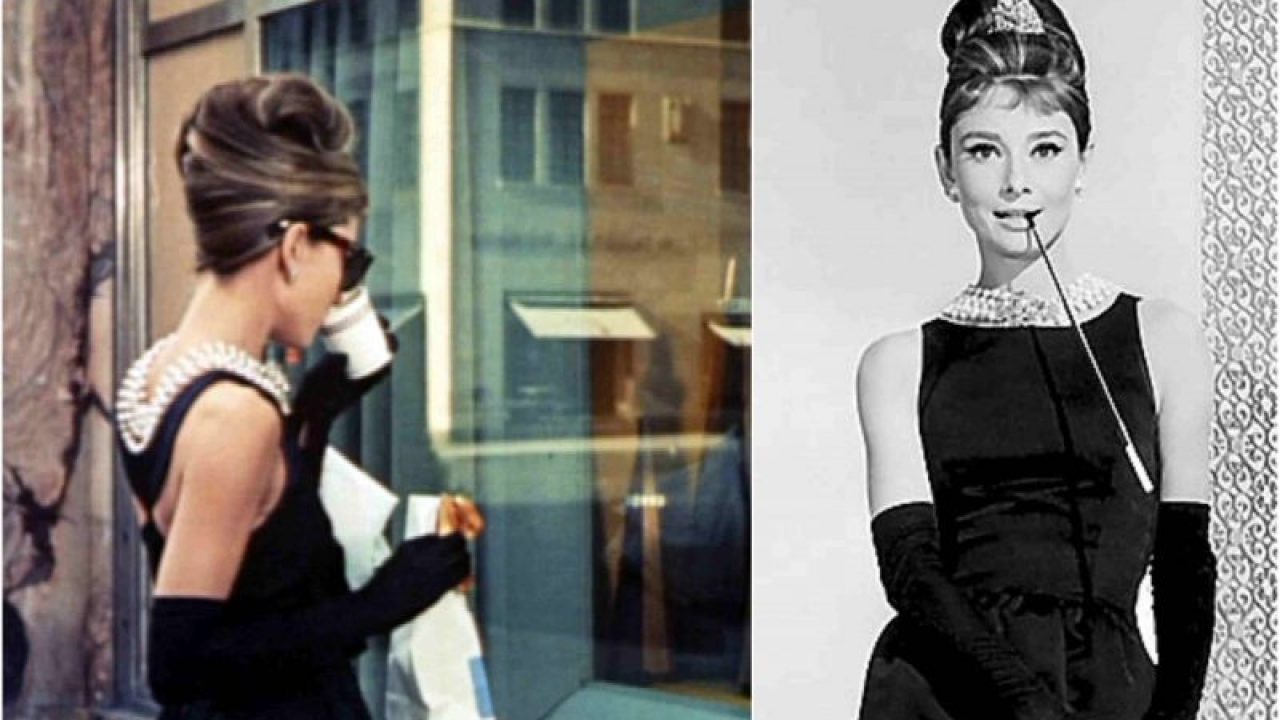Ever since the invention of full length film in 1906, people have been coming in droves to see their favorite movie star grace the screen. From the glamorous Hollywood of the 1950s to the comedies of the early 2000s, fashion in film has influenced new styles throughout history. Fashion icons from as far back as the 1950s still hold true to the test of time. For example, Aubry Helpburn's famous Breakfast at Tiffanys Givenchy ensemble is a famous pop culture moment even today. Designers continue to make influential ensembles that set the tone for their respective movies. Yet costuming is viewed as a simple and shallow industry. Contemporary modern costuming has specifically been overlooked. This is a shame because the costuming of a film can portray so much more about a character and the tone of a film than a paragraph of dialogue ever could.

Lots of old Hollywood costumes were chosen purely for looks, a primary exception is the movie Gone with the Wind (1939) . The costume designer, Walter Plunket, brilliantly expresses the main character, Scarlets, mental state and ambitions through color study and silhouette. He uses the colors in the movie to show what Scarlets intentions are. Gone with the Wind is about a girl, Scarlett, who lives on a Southern plantation through and after the Civil War. The movie spans from the circle skirts of the 1860s to the early bustle era of the 1870s. Scarlet's dress accurately show her intentions through the use of color. She wears white to symbolize youthfulness and naivety, Red when she is pining for Ashley (a married man) or wants to be loved, and green when she is scheming or jealous. For example Scarlets most famous dress is the first dress ever shown in the film. The dress is mainly white showing her youthfulness, at this point in the story she is only 16. The dress also has red accents showing her desire to be loved. Another great example of the use of color in the movie, is Scarlet's wedding dress. Scarlet marries a man who she doesn't love but whose money she needs. She also believes that this marriage with make another man jealous. He ends up not caring that much. Her dress is white, not only because it is a wedding dress, but because the white color shows her naive notion that marrying a man is a good way to try and make another jealous. The dress is off white, showing that her intentions are not pure in her new marriage. Plucket also shows the passage of time through the silhouettes of the dresses. She starts off wearing wide dresses with hoop skirts and ends the movie wearing bustle dresses with all the focus on the back of the dress. If you are interested in historical costuming, I suggest looking at the 2020 film Emma and the 2019 series Gentlemen Jack (one of my favorite examples of historical accuracy in film ever).

A good study into the complexity of seemingly simple costuming is the movie The Devil Wears Prada. If you haven't seen it, it's about a young women named Andy Sachs who lands a job in at the prestigious fashion magazine, Runway. In the beginning of the movie Andy views the job as a stepping stone to "real" journalism, and fashion as a frivolous industry. This is reflected through her clothes. She sports baggy sweaters with loose fitting pants. While some of her outfits have started to come back to into style, hers are ill fitting and therefore fall short. Andy's outfits also display a visual destination from the fashion forward outfits shown on characters like Emily Charlton. Her simple ill fitting clothes show her complete lack of interest in fashion compared to other employees who are there for the fashion industry. Later in the movie when a coworker gives her a makeover, he pulls her clothes from a company closet filled with designer items. This leads to a very famous sequence of Andy walking to work in different fashionable designer outfits. All of these outfits are different silhouettes and ultimately different styles. This is because Andy isn't picking out her own outfits, she is trying different styles from a wardrobe that isn't hers. Making the decision to diversify her wardrobe during this period, was an excellent decision that shows her first exploration into style. Later in the film, Andy starts to dress like her mentor and head of the magazine, Miranda Priestly. She lets Miranda influence her newly fashion forward outfits. Aspects of their outfits start to match and complement each other. Finally when Andy leaves the company, her outfits become more tone downed. She no longer has access to the designer items she once wore. Though her outfits are no longer high fashion, they are still attainably fashionable. Her regular girl wardrobe is not ill fitting and plain like the beginning of the movie. Even with a very basic analysis of this movie, one can see the visual decisions complement the story and the character motivations. In an interview with the costume designer, Patricia Field, she explains that the "...success of the clothing is not only that it looks good but it has to tell the story...". If you are interested in contemporary costuming, I suggest looking at the movie Mean Girls.

What a great topic! I think it must be so much fun to work in costuming!
ReplyDeleteThis is such a great topic and it is very unique from the other ones I have read!
ReplyDeleteI love the outfits you've posted. Audrey Hepburn is iconic.
ReplyDelete